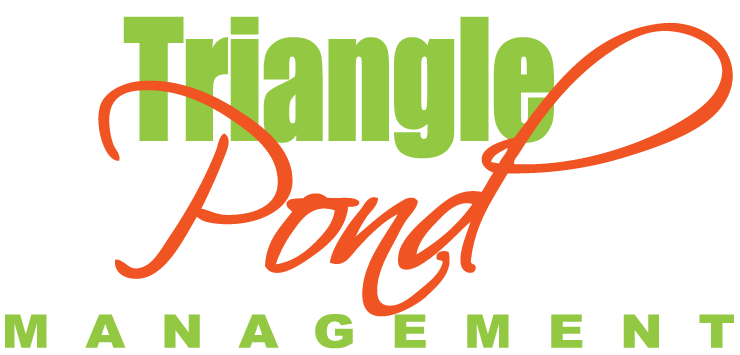Wildlife is lovely to observe in its natural habitat. However, when some species take up residence in stormwater systems, they can quickly wreak havoc. Muskrats, beavers, and geese are especially harmful to carefully designed systems. How do these animals affect your ponds, and what nuisance wildlife control measures can be implemented?
Beavers
These rodents are quite recognizable thanks to their size (on average reaching 45-60 lbs), large front teeth, and leathery paddle-shaped tails. Beavers play an important role in natural wooded areas, where their tree-felling and dam-building activities create biodiverse wetlands that provide a habitat for a wide variety of native wildlife species. However, when they take up residence in a stormwater pond, their activity becomes destructive. They block inflows and outlets, which can cause ponds to overflow and flood their surrounding area. Furthermore, removing trees around the pond can destabilize the banks, leading to erosion, seepage, and even dam failure.
Muskrats
Muskrats look very similar to beavers, though they are much smaller (2-5 lbs) and have a tail that is more rat-like as opposed to the beaver’s signature paddle tail. They tend to live in large family units that are capable of a considerable amount of damage despite their small size. Though these rodents also gnaw on trees and other surrounding vegetation, they cause the most destruction to stormwater ponds with the burrows that they dig into the banks. These extensive underground burrows damage the structural integrity of the banks, especially of earthen dams. Seepage, downstream flooding, and total dam wash-outs are liable to occur when a muskrat infestation is not properly addressed.
Geese
Canada geese live in large flocks that are undesirable to have around stormwater ponds. They feast on new growth of the beneficial plants that grow around the pond’s border, making it difficult for the plants to proliferate. This can especially cause a problem when the plants are first installed: if they consume all of the newly-planted vegetation, your HOA may have to pay a hefty price to replace them. Their grazing habits can lead to erosion as they remove vegetation and trample the shoreline. Additionally, goose feces are high in both nutrients that encourage excessive amounts of algae growth, and pathogens that create a health hazard to people and animals. Geese pose a particular issue because they are philopatric, meaning that a mated pair will usually return to the same spot to nest each year, and their offspring are likely to return to that spot as well. Once geese have successfully nested at your pond, it is difficult to get rid of them.
What Can You Do?
Though there is no guaranteed way to control nuisance wildlife and keep them out of your stormwater system forever, there are steps you can take to deter them. First, never feed wildlife. They are significantly more likely to come back (and bring family members) if they are given food, even if it is only once. You can use deterrents such as flashing lights, swan or coyote decoys, fencing (in the case of beavers), or applications of repellent on the grass (in the case of geese). Trapping is the quickest and most effective way to stop a beaver or muskrat problem. Where damage has occurred, licensed trappers are permitted to trap and depredate the problem animals year-round in North Carolina.
Whether you need help with beaver trapping, muskrat trapping, or geese repellant/prevention services, you can call on the nuisance wildlife control professionals at Triangle Pond Management. Contact us today for help controlling these animals and preventing any further damage to your pond!


